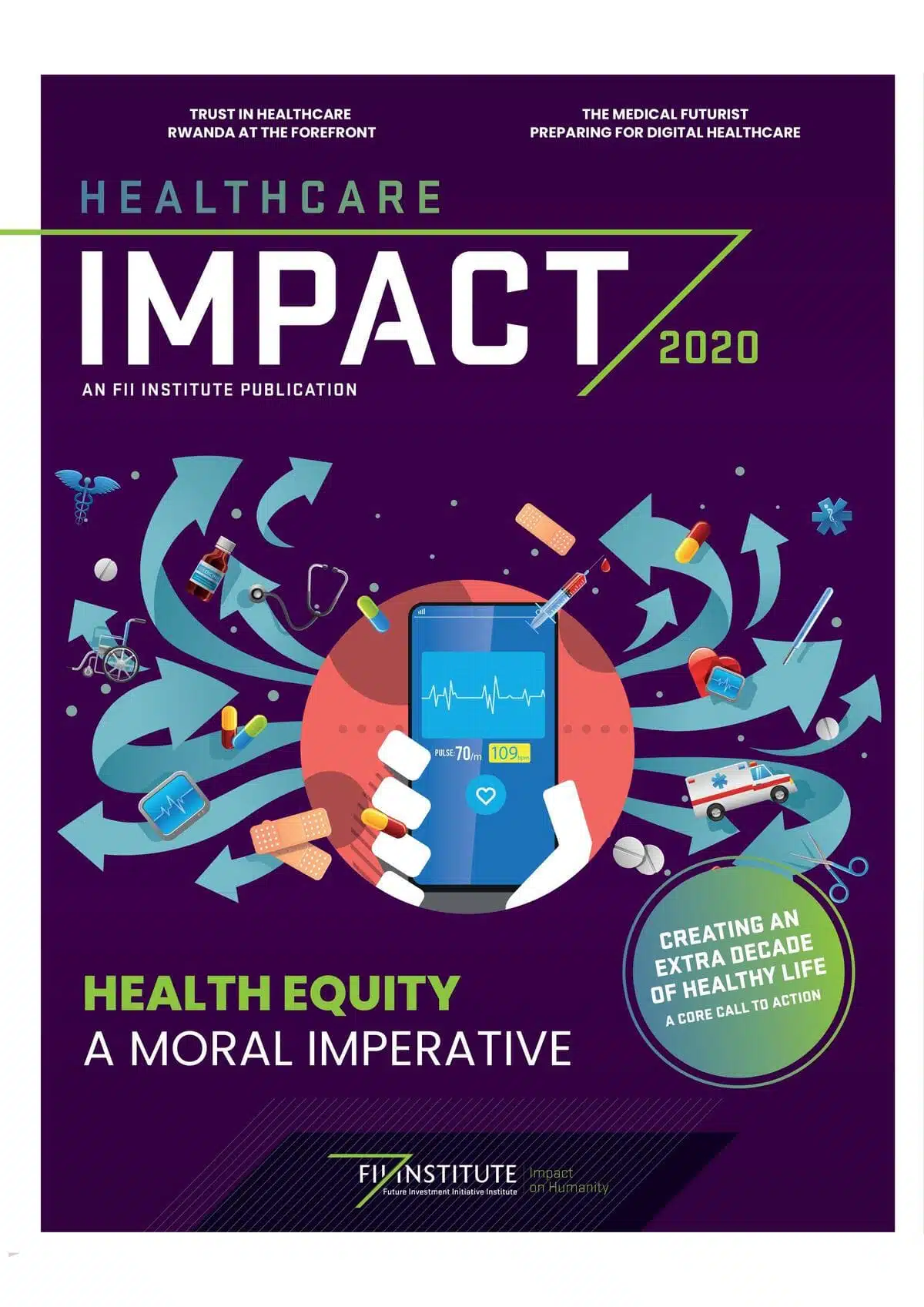WORLD IN CRISIS
The world is facing its greatest food security crisis since World War II. Indicators show few prospects of the achievement of UN Social Development Goal 2, ending world hunger by 2030. More than 3 billion people cannot afford a healthy diet. More than half the world’s hungry people are found in Asia and more than one-third in Africa.
Heavy use of chemically manufactured fertilizers and pesticides pushed up crop yields from the 1960s, but this form of agriculture has led to extreme environmental damage. Now more and more chemical inputs must be applied to achieve the same yields. Mineral fertilizer use is only declining in Europe.
Experts recommend that meat consumption is reduced to make diets healthier and to promote the more efficient use of resources. But meat
consumption is increasing globally, with the biggest growth taking place in the developing world.

